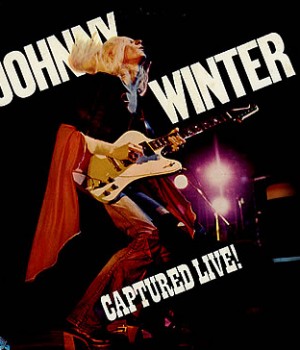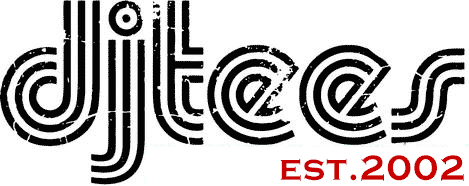Your Cart is empty
Subtotal£0.00
Your order details
Your Cart is empty

With its distinctive, almost wilfully strange shape, narrow-angled headstock, clear sustain and long list of heroic devotees, the Gibson Firebird remains one of rock's most coveted and iconic guitars. We're going to have a bit of a look at the history of the instrument and pay tribute to some of the legends who have wielded it.
The 1950s had seen Gibson fall behind their Fender rivals. The Les Paul's popularity had been eclipsed by the Stratocaster and Telecaster , whose brighter colours and multiple pick-ups seemed hipper and more exciting, while Gibson's Flying V and other radical design, the Explorer, had enjoyed only limited success.
Gibson Big Kahuna Ted McCarty engaged a Detroit car designer, Ray Dietrich, to work on an exciting new shape. Borrowing the visual concept of the tailfins of Fifties cars, Ray adapted the Explorer and rounded it out, giving the distinctive shape. Because the treble-side horn or point of the guitar was longer than the bass-side one, uniquely, early Firebirds were referred to as "a reverse".
The headstock was also reversed, with the tuning pegs on the treble side, and - a fist for Gibson - the neck extended all the way down into the body. The headstock was set at 14 degrees rather than the standard 17, meaning more pressure on the strings and less lost vibration between the nuts and the stings. All of this added up to clearer, more intense sustain, which the humbucker pick-ups were well placed to utilise.
The Firebird went on sale in 1963, but initial sales were not brilliant as the unusual "reverse" set-up proved hard to market. From 1965 to 1969, Gibson dabbled with non-reverse models but this experiment was also abandoned and the company returned to the controversial reserve design by the end of the decade. The Firebird also begat a similarly-designed bass, the Thunderbird.
Public reception may have been modest, but professional guitarists were quick to seize on the new guitars. Eric Clapton played a Firebird during his days with Blind Faith, and also with Cream - he used a Firebird I during the farewell concerts. Steve Stills was also a big fan, as were Keith Richards, Brian Jones and Ronnie Wood. Neil Young's 'Old Black' guitar, although a 1953 Les Paul, uses a mini-humbucker from a Firebird at the bridge. Allen Collins of Lynyrd Skynyrd used it on the albums Pronounced... through to Gimme Back My Bullets and on the live album On More For The Road, before switching to the Explorer in 1977, with which he is probably more closely associated.
Tom Petty, Billy Gibbons of ZZ Top and Mick Ralphs of Mott The Hoople were other devotees. Steve Van Zandt says he has moved away from the Fender Strat on occasion in favour of the Firebird because "it gives me a little more sustain without sounding too thick or distorted. It almost sounds like an acoustic-electric guitar."
But it is probably Johnny Winter who is the most iconic of all Firebird players. The legendary bluesman has been wringing beauty out of his 'bird for nearly fifty years, from performances at Woodstock to inspiring John Lennon and The Stones, producing Muddy Waters and having a tribute made in his honour by the Smashing Pumpkins, it has been a glorious career for the man known as the "greatest white bluesman", and most of it has been done on the Firebird.
We will send you an email to reset your password.

